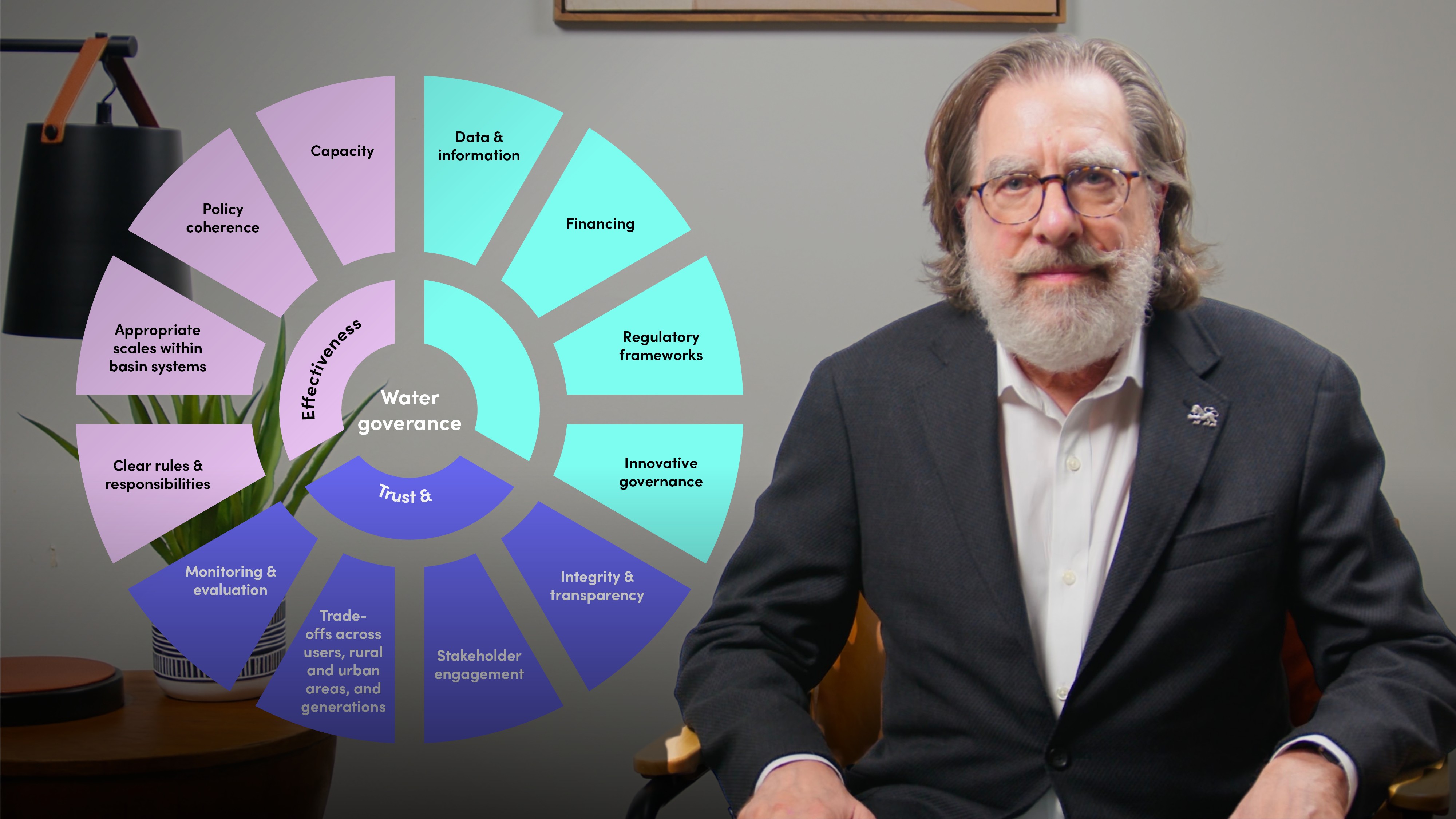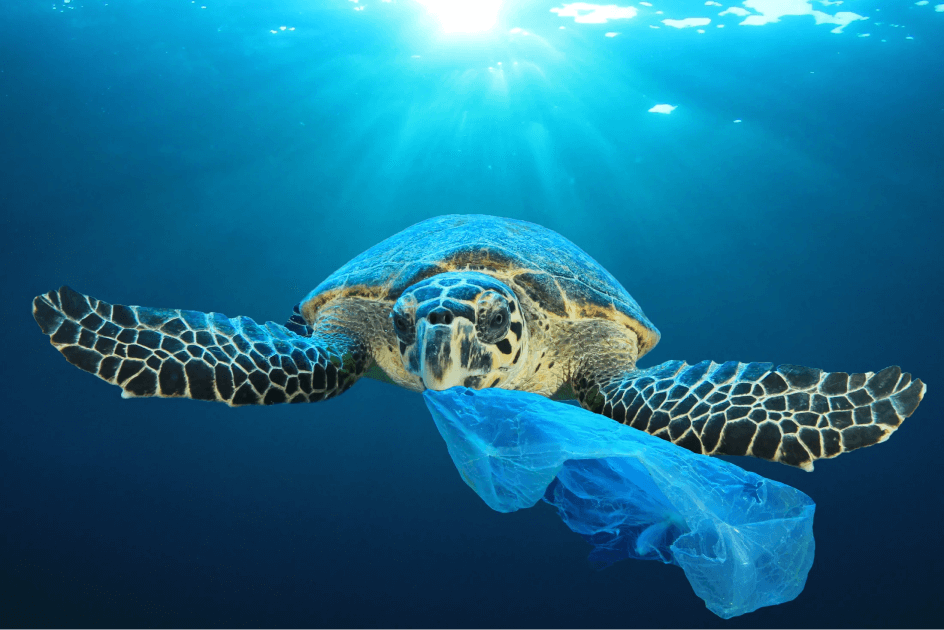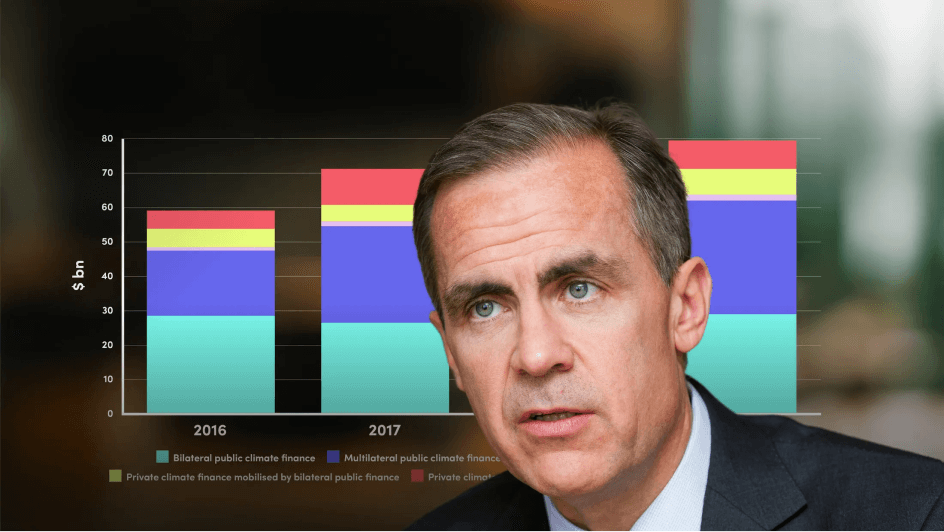
Importance of Water Governance Frameworks

Will Sarni
Leader: Corporate water strategy
Don’t wait for a crisis. Join Will Sarni as he explains why smart, inclusive water governance matters now more than ever for protecting our most essential resource.
Don’t wait for a crisis. Join Will Sarni as he explains why smart, inclusive water governance matters now more than ever for protecting our most essential resource.
Subscribe to watch
Access this and all of the content on our platform by signing up for a 7-day free trial.

Importance of Water Governance Frameworks
15 mins 34 secs
Key learning objectives:
Understand water governance levels
Outline key elements in the water governance process
Understand how water governance differs in non-OECD countries
Identify the role public-private partnerships (PPPs) play in water
Overview:
Subscribe to watch
Access this and all of the content on our platform by signing up for a 7-day free trial.
- Stakeholder involvement: All actors (governments, private sector, civil society, and water users) should be engaged in shaping water strategies
- Policy and regulatory frameworks: These include the laws and policies that dictate how water is used, allocated, and protected
- Institutions and roles: Clear definitions of responsibilities across different organisations are critical
- Decision-making: It’s important to understand who makes decisions, on what basis, and whether equity and ethics are considered
- Transparency and accountability: Open sharing of information and holding authorities responsible for decisions builds trust and effectiveness
- Efficiency and effectiveness: Governance systems must meet their goals while making good use of available resources
- Adaptability: Systems need to respond to changes like climate impacts or population growth
Subscribe to watch
Access this and all of the content on our platform by signing up for a 7-day free trial.

Will Sarni
There are no available Videos from "Will Sarni"





























